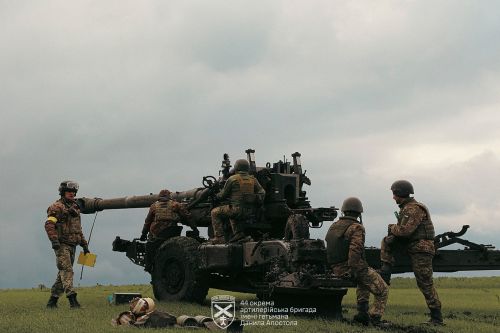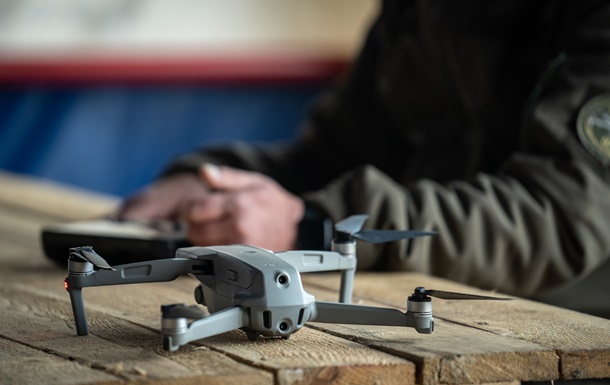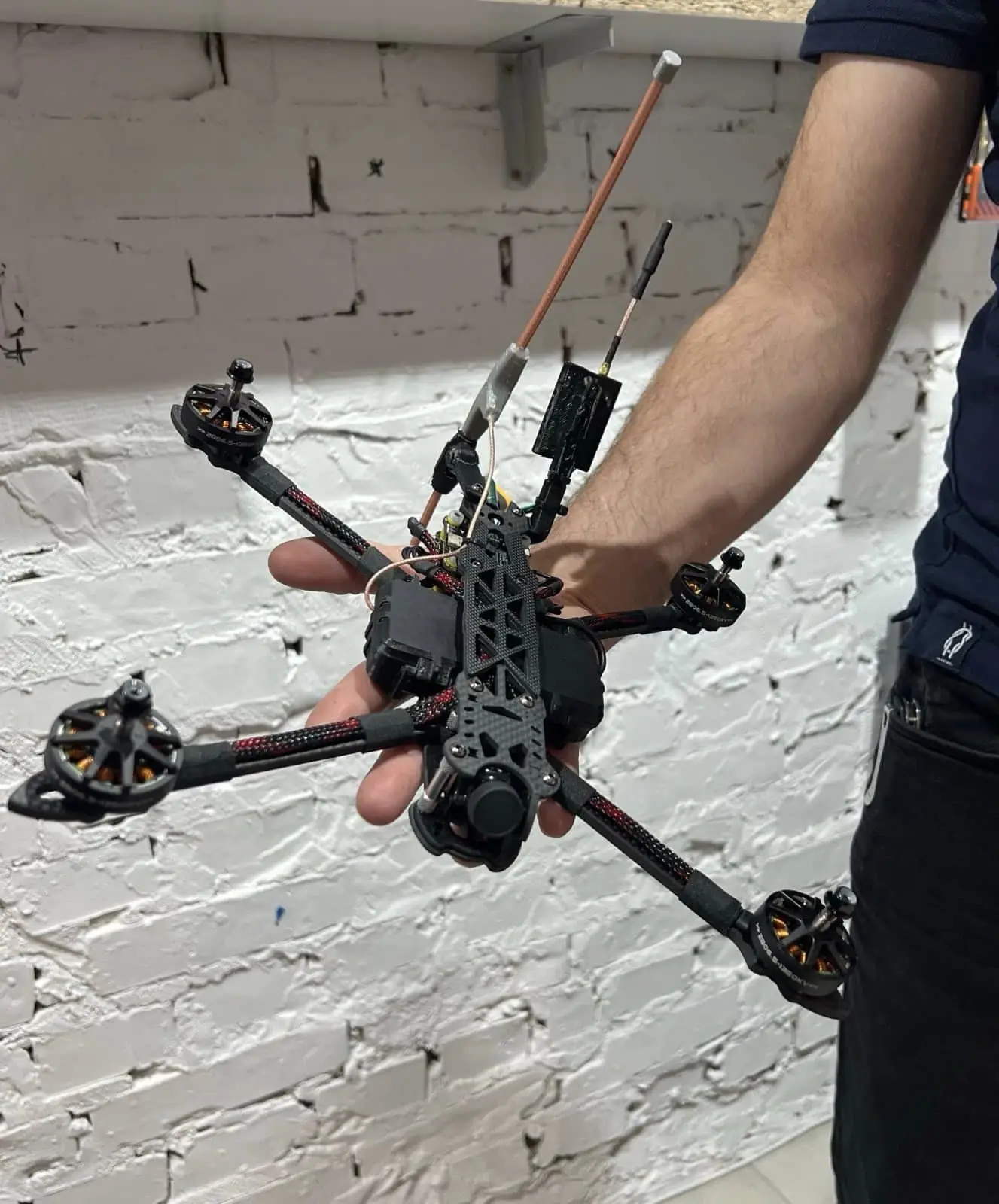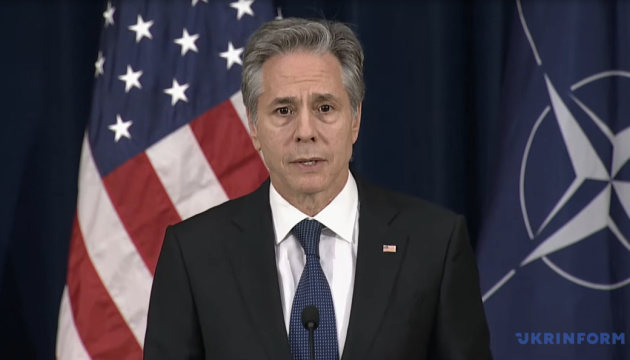Orthognathic surgery is a unique opportunity to restore the natural symmetry of the face, which will make the image more harmonious, but that's not all, now a person can not worry about improper closing of the jaws.
The uniqueness of orthognathic surgery
Maxillofacial surgery has many directions related to the restoration of neck and face tissues. A striking example is surgical orthodontics, the results of which are clearly shown bite correction photo before and after, capable of correcting defects in the lower third of the face that arise during the body's growth. The reasons for this condition can be very different, for example, heredity, congenital malformation, hypoplasia. At the same time, not only the jaws change their position, but also soft tissues, that is, the process of deformation is also reflected on the chin, cheeks, lips, cheekbones, and even the nose. At the same time, braces are not an option, as they are not able to return the jaw to its place.
Correcting an incorrect bite
Orthodontists are sent to the clinic to correct the deformity with the help of surgery when it is not possible to correct the situation with braces. Also, those who are not satisfied with their appearance, starting from adolescence, or if they experience problems with eating food due to the front teeth not closing, can also seek help.
Dr. Dubnov's minimally invasive technique
The minimally invasive technique consists of a complex of procedures and techniques that allow the operation to be carried out in a gentle way, as it is performed through the oral cavity with the smallest possible incision. Thus, bite correction excludes a scar on the face, but you need to prepare for it, and this is done with the help of three-dimensional modeling, during which the surgeon streamlines his actions and minimizes risks.
5 principles of orthognathic treatment
Manipulations with the correction of an incorrect bite and defects in symmetry can be performed only by those whose age is older than 18 years.
Treatment must be carried out both before and after surgery. It consists in wearing braces and other manipulations.
The face after invasive intervention remains without visible traces, since all procedures are carried out through the oral cavity.
Bite correction is carried out by an orthodontist and a surgeon at the same time.
Surgery is performed exclusively under general anesthesia and lasts a maximum of 6 hours.
To each patient, the surgeon gives individual recommendations for rehabilitation, based on the state of health of the patient, but the result of the manipulations is immediately visible.
Orthognathic surgery
 26
26 -

Legendary M777 guns and self-propelled guns based on Volkswagen: the 44th artillery brigade showed its everyday -

Poland raised its planes during the night attack of the Russian Federation on Ukraine: the reason was given -

Canada will allocate $2 million for the production of drones in Ukraine -

What was included in the new aid package from the United States: the first details -

Ukrainian developers presented a new kamikaze drone that is resistant to enemy EW -

Attack drones attacked Russian refineries -

The US is ready to put pressure on China to stop supporting the Russian military-industrial complex - Blinken -

Germany agreed to transfer another Patriot system to Ukraine -

Forest fires in Siberia kill tens of thousands of Chinese and Japanese every year, study finds -

The American MQ-9 Reaper drone crashed near Yemen -

Biden responded to Trump about the debate -

Biden will take part in the debate with Trump
